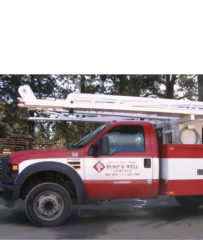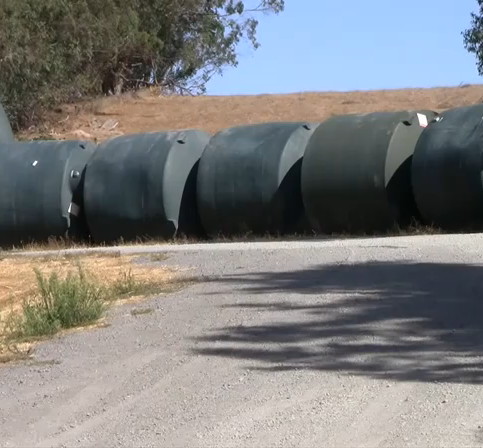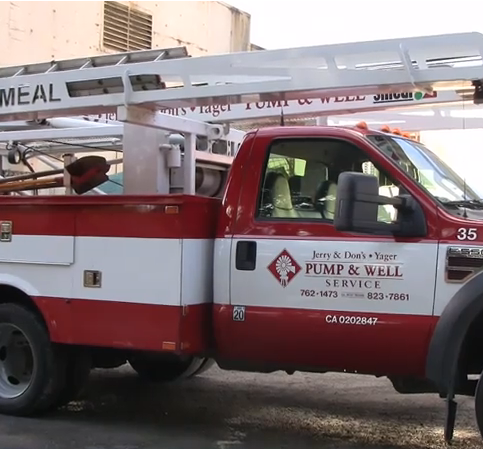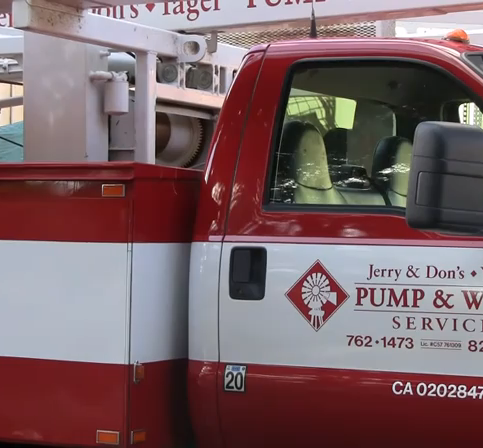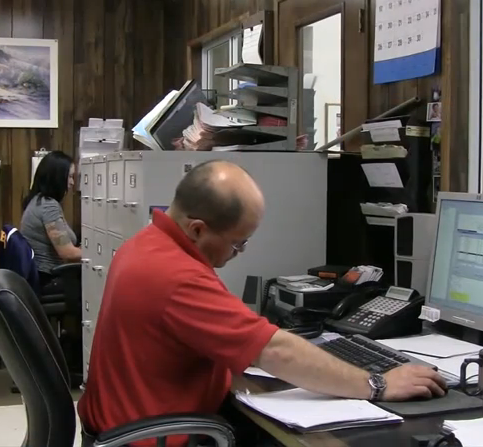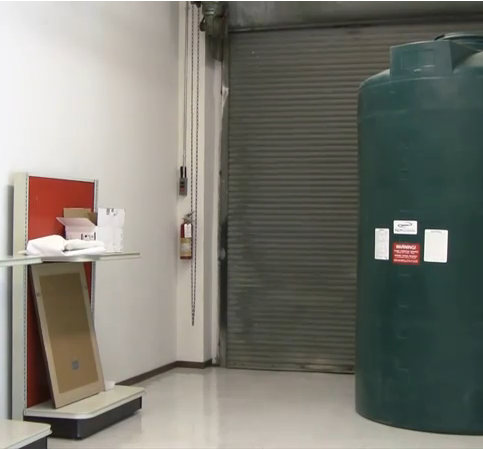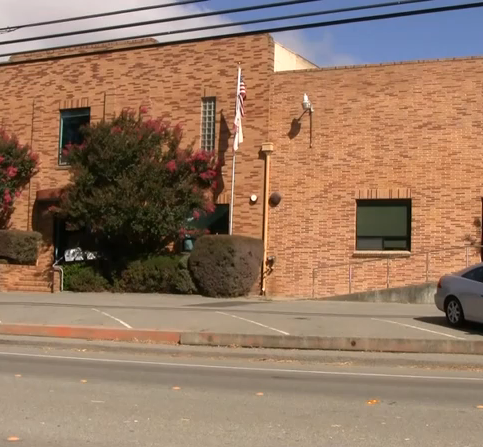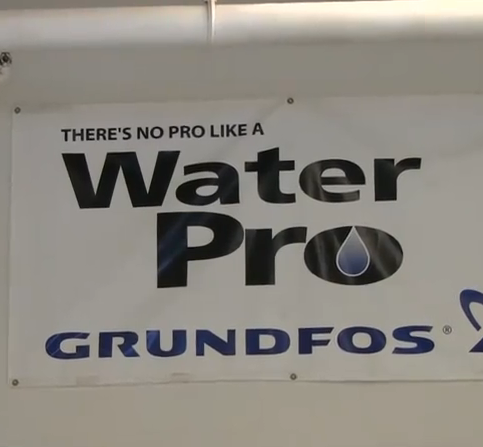Before deciding to drill a well, make sure you carefully consider your everyday water needs. There are various reasons for drilling a well on a residential property—some people build homes in rural areas and need independent water supplies, while others simply wish to adhere to more environmentally-friendly lifestyles. Whatever your motivation for drilling a well, it’s important to first determine your specific water needs and plan your water supply before any work begins.
When drilling a well, you’re essentially exploring underground to determine the quantity and quality of available water. Totally dry holes are uncommon, but low-yielding wells are more common than you might think. Some causes of low yield include a low natural or seasonal water table, interference with other wells (in a subdivision, for example) and various geological conditions. The type of material beneath the ground surface can tell you how successful you may be in obtaining a suitable water supply. Contact a professional drilling contractor who has experience in the area and can tell you what to expect. Also, neighbors should be able to tell you about quantity and quality.
Make sure the available water supply can sufficiently meet the following needs:
Everyday use: Drinking, cooking and water for plumbing (toilets, bathtubs, showers, automatic washers, dishwashers and many other water-using automatic appliances)
Seasonal use: Lawn and garden watering, car washing and swimming pools
Other special uses: Animal watering, crop irrigation and water treatment devices that require backwashing
Fire protection: Your local fire department usually has access to large quantities of water from non-drinkable ponds or other surface sources.
A day’s use of water may be concentrated into a period of one to two hours, often in different areas of the house at the same time (laundry, bathroom, lawn). Your water supply system must be able to meet this type of peak demand. A conservative estimate is that an average home requires about 150 to 300 gallons per day to meet the needs of two to four people. To determine how much water is enough, consider the following factors:
Flow rate: The continuous rate of yield for the well.
Size: The diameter and depth of the well.
Static level: The level at which water stands in the well when no water is being pumped.
The actual location of your well will often be determined by factors other than geology, such as land surface features (steep slopes) and poorly drained areas. Whenever possible, wells should be located at higher elevations than their surrounding areas to decrease the potential for contamination. Also, your well should be located and maintained so it’s accessible for cleaning, treatment, repair, testing, inspection and other activities which may be necessary over time.
Maintain the following distances from the wellhead, unless other state or local codes and regulations prescribe more stringent standards:
• Cesspool (receiving raw sewage): 200 feet
• Pit, privy, filter bed: 50 feet
• Septic tank, tile sewer, foundation drain: 50 feet
• Iron sewer with approved mechanical joints: 10 feet
• Pumphouse floor drain: 2 feet
• Property boundary: 5 feet
• Outer boundary of any road: 20 feet
• Landfill, garbage dump: 200 feet
Read moreRead Less






